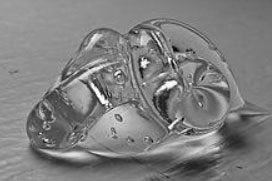Source Wikipedia
Carbomer SAT Liquid 1 is a high-performance thickening agent designed to meet the rigorous demands of the cosmetics and personal care industry. Unlike traditional inorganic or cellulose-based thickeners, acrylic acid polymers, such as Carbomer SAT Liquid 1, offer superior thickening and emulsion stabilization properties. This innovative solution, containing INCI: POLYACRYLAMIDE, C13-14 ISOPARAFFIN, and LAURETH-7, provides enhanced viscosity control, ensuring smooth and consistent formulations.

